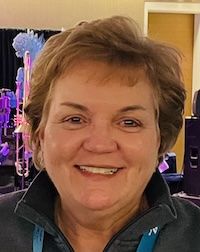A version of this feature ran in the August issue of BRAIN.
BOULDER, Colo. (BRAIN) — For our August magazine edition, we asked our State of Retail panel members: Which point-of-sale system do you use, and how well does it meet your needs in terms of performance, features, and cost effectiveness?
MONTCLAIR, N.J.: Dave Adornato, owner Montclair Bikery
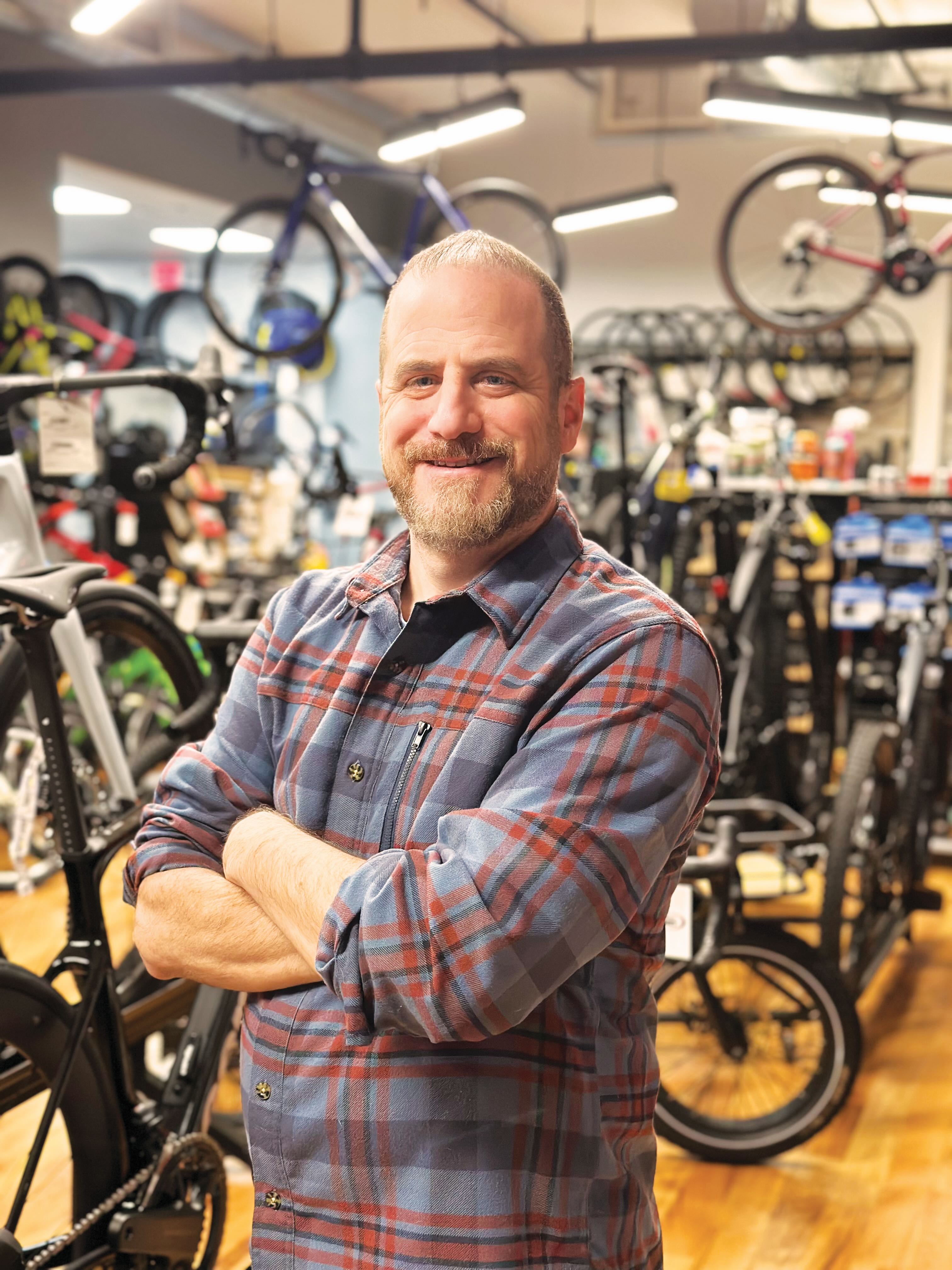
We use Ascend, which is a legacy system that the previous owner put in place here at the shop. It is the heartbeat of the shop. Everything flows through it: sales, work orders, inventory, our employee time clock, bike serialization, payment processing, communication with customers, and every important function required to run the business. All in all, it is a great system, and we find it to be very comprehensive. It does not lack any features that we need, and we find the pricing for it to be competitive. A few years ago, I had considered switching to a different point-of-sale system, thinking I would be able to reduce some overhead costs. I discovered that, in fact, the other system I was considering would have cost more than Ascend.
HARDWICK, Vt.: Jason Bahner, co-owner Riverside Cycles
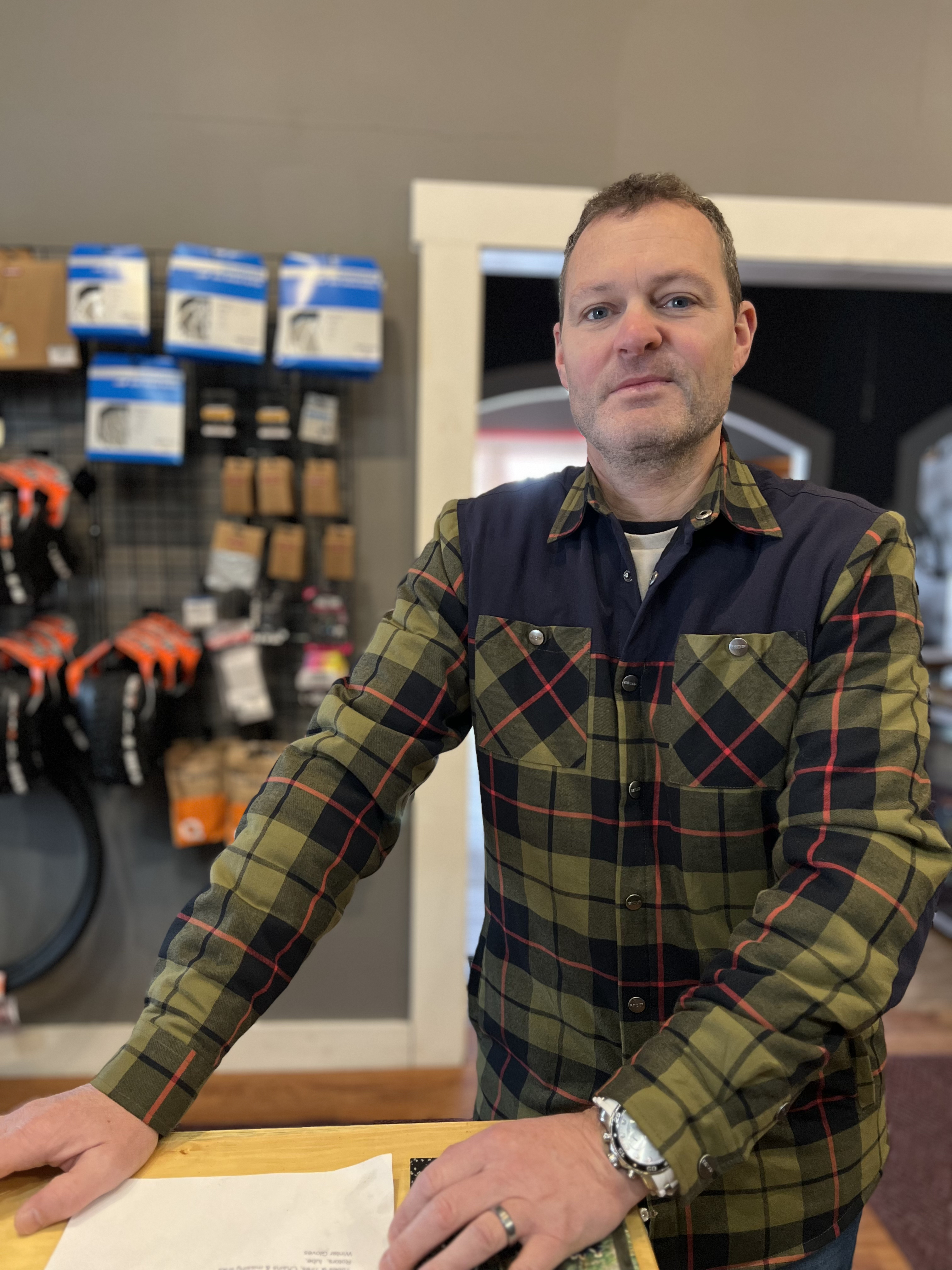
Our point-of-sale system is valuable to us in regards to how it shows us profit and loss and helps us to keep track of our staff hours and accountability. It also tracks our purchase orders, and that is helpful when we need to re-order products. The system we use is Lightspeed POS, and we have no real complaints about it. The only issue we have is using it with our rental system.
WHEAT RIDGE, Colo.: Enric Die-Girbau, operations manager Rhythm Cycles

We use Lightspeed R-Series, and bought it initially because of the bike shop-specific integration and inventory management system. It’s extremely valuable to running our business. We've been using its limited reporting daily for ordering and sales projections. Having live inventory and item velocity is part of a new management process for our shop. We also use Lightspeed for work-order management services, tracking shop supplies, and handling write-off items. The fully integrated payment system makes checking out customers seamlessly and fast. It has also had the benefit of greatly reducing the amount of issues we used to have that stemmed from using a separate payment system.
The big drawbacks of using Lightspeed, in our opinion, are in the interface itself (it’s quite dated), the limited reporting abilities, the customer support (which can be lacking), and the price, which is quite expensive. We pay a large fee to use Lightspeed as our payment processor to streamline the checkout process, and we'd love some options. If we could snap our fingers to test another point-of-sale system, we would. Unfortunately, there’s a lot of time and pain involved in swapping to something else. In the future, one alternative that we would look to try is Workstand. Its integration with QBP and other distributors, would be a great time-saver and could potentially enable online sales.
COSTA MESA, Calif.: Lisa Fleischaker, owner The Unlikely Cyclist

The point-of-sales system we use is Square. When we were starting out as a small bike shop, we initially chose it for its cost effectiveness and ease of use. As the shop has grown, we have never felt the need to move to another point-of-sale system, as its system is robust, relatively inexpensive, and it has the benefit of allowing us to integrate so many of our needs into one solution: sending invoices, sending marketing emails, running our website and loyalty programs, running our payroll, managing our banking options, and even helping us to make sales tax payments. Square for Retail, a special version that is tailored specifically for retail businesses, is a great system for the price. I do wish it could integrate with Locally or Shopify, but I can live with the fact that it doesn’t because the cost of switching to a system that would integrate with those services isn’t worth it for us.
BOULDER, Colo.: Diana Freeman, owner/founder Cassiopeia

We currently use two separate point-of-sales systems: Toast and Shopify. Toast is optimized for our cafe business, and we use Shopify for our e-commerce. We are in the middle of our point-of-sale system transition and finding it frustrating that we don't have a fully integrated system that addresses both halves of our business. We have not yet configured our POS solutions in a way that allows us to manage the business and data all in one place. Ideally, we are looking for a single system that would give us full visibility to customers’ spending in both the cafe and the boutique, as well as our big picture costs and sales so we are able to make the right decisions to drive the business. It's an expensive proposition, and while we know that the return on investment would be there, so far we haven't been able to configure our new system in a way to support our goals.
GREENWICH, Conn.: Rob Koshar, owner Greenwich Bicycles
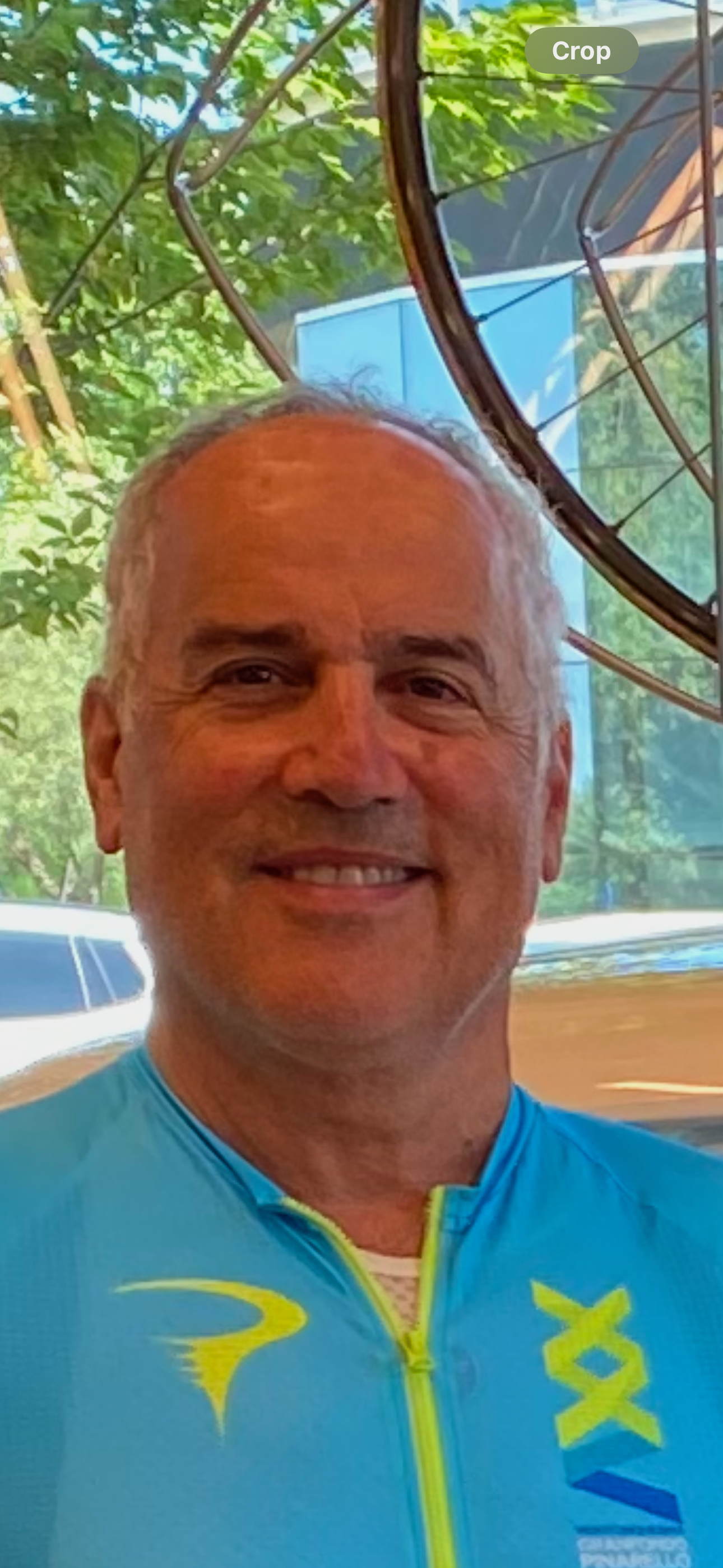
We’ve used Ascend POS since 2009. The system is well supported by Trek, and we’re generally satisfied with its performance. I believe it is cost effective and worth the expense. One of its best features is that it integrates with our website so buyers can see what we have in stock. This often leads to sales for products we have in inventory that other dealers do not. Ascend also shows us customer history, which is great for customer relationship management and for when past purchases need service or documentation. Other important features of the Ascend system are the employee time clock, employee productivity measures, and inventory control tools.
BELLINGHAM, Wash.: Staci May, co-owner Earl’s Bike Shop

Having a point-of-sales system is non-negotiable, in our opinion. As a bike shop owner, you have to have something in place for managing inventory and sales, not to mention scheduling of service. We also use our POS to track key performance indicators like margin and units per transaction. We started with Merchant OS when we opened 15 years ago and have stayed with it through its acquisition by Lightspeed (in 2013). For the most part, Lightspeed does what we need a POS system to do. We have found it to also be the most cost-effective point-of-sale system option. We probably don't use some of the features that would make it feel more robust, and we know there are some newer point-of-sales systems available. We have given thought to switching, but feel hesitant about it because of the probability of losing information we have gathered over our 15-year history on the same system. Some hesitancy also comes from needing to find the time and the manpower to change.
MIAMISBURG, Ohio: Sandy Whitman Talley, owner Whitman’s Bike Way Bike Shop
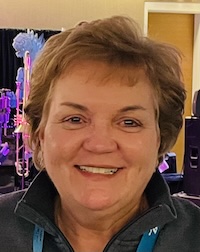
We surveyed several bicycle stores, and Lightspeed was the point-of-sales system used by the majority of them. We've been using it for the past five years with limited issues. Cost-wise, I believe the pricing is adequate when negotiated annually. We find Lightspeed to be very valuable for multiple reasons. Some of the leading ones are: POS Sales Reports; register, sales over time, refunds, layaways, sales tax, special orders, Lightspeed pay outs, work orders, roll-up reports, inventory reports, shipments, purchase orders, inventory counts, and more. It's basically our business lifeline, and gives essential support to our shop. In fairness, we have not researched other point-of-sales systems in depth, but we value that we are mostly proficient with Lightspeed and do not have the desire or time to start at the bottom of the learning curve with something new.
SAN FRANCISCO: Brett Thurber & Karen Wiener, owners The New Wheel

We had a clear idea of how we wanted to structure our multi-location business, so we built a highly customized Enterprise Resource Planning system instead of using an out-of-the-box point-of-sale system. The cool thing about building the software to run our business is that we defined every workflow in our software, versus in a written standard of procedure. So in our system, we have defined workflows for finding inventory available for sale — both in-store and on incoming POs, building bike orders, service writing, working on bikes, picking products for orders, moving inventory between locations, and so on. It is incredibly robust and allows us to have clearly defined workflows for the whole business.
The expense of development and time commitment has been formidable. It took us two years and hundreds of hours of developer time to build the system we are running on, and we continue to work on the software. All in all, knowing what we know now, we probably would go a different direction than a custom approach in the future.

